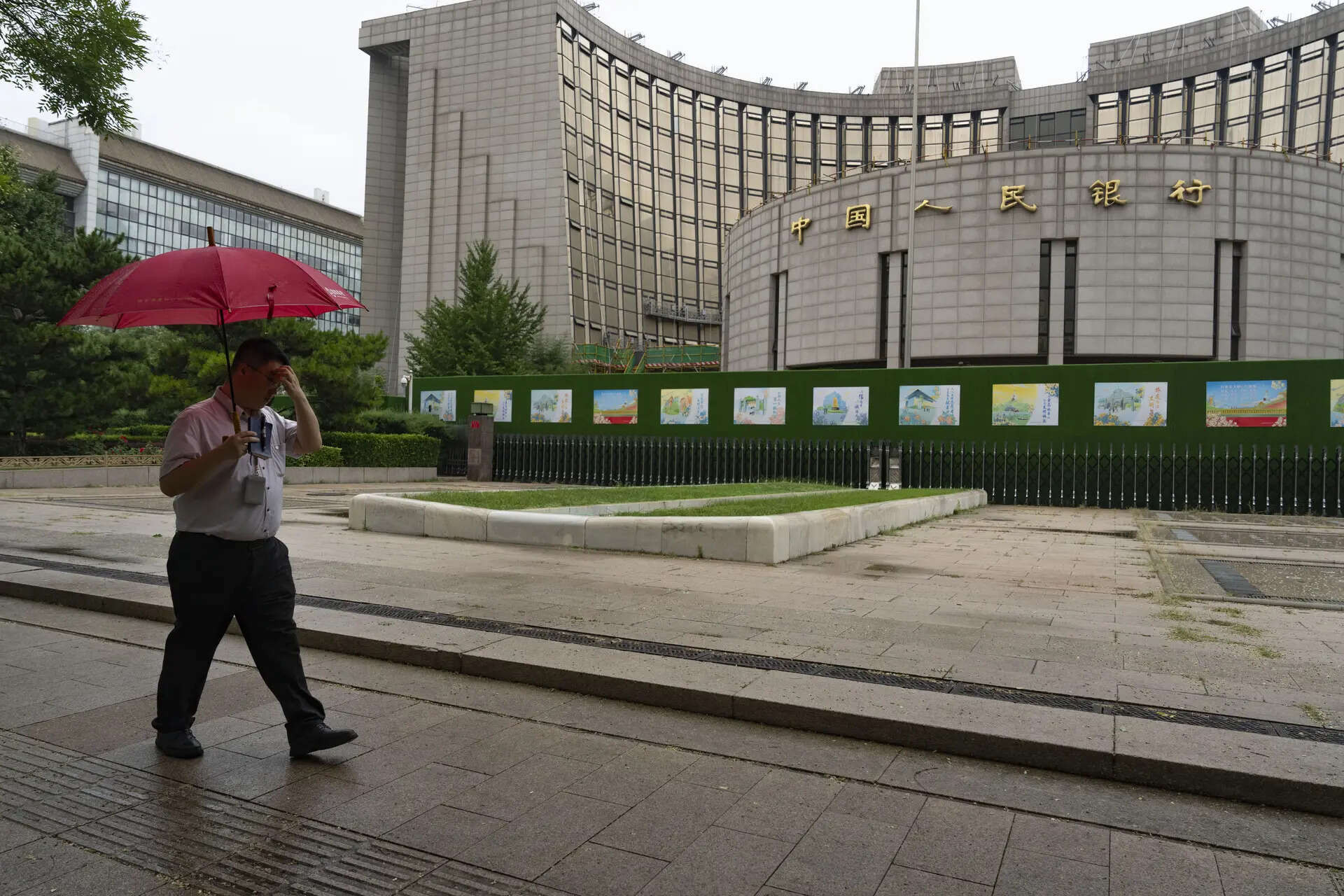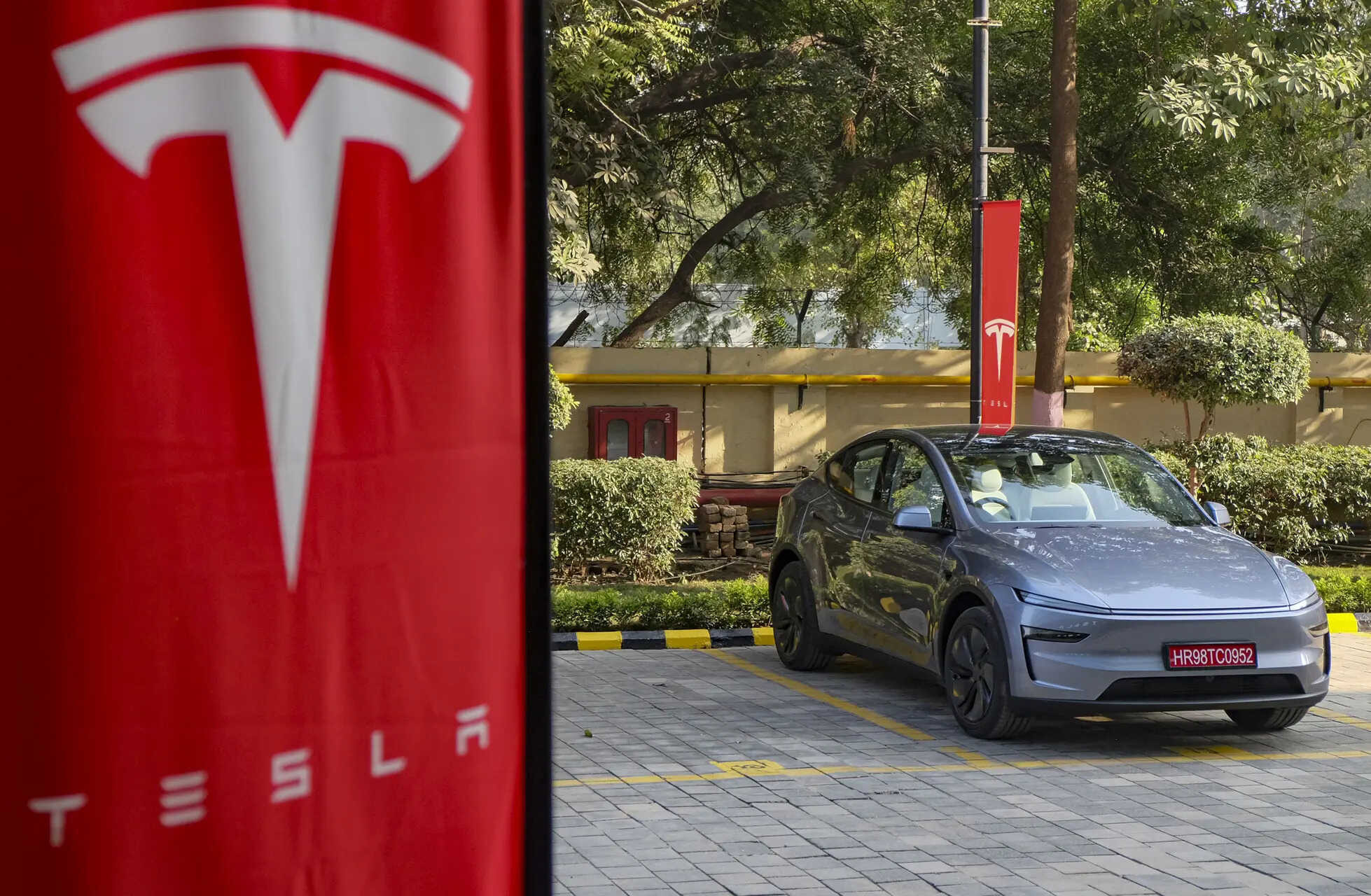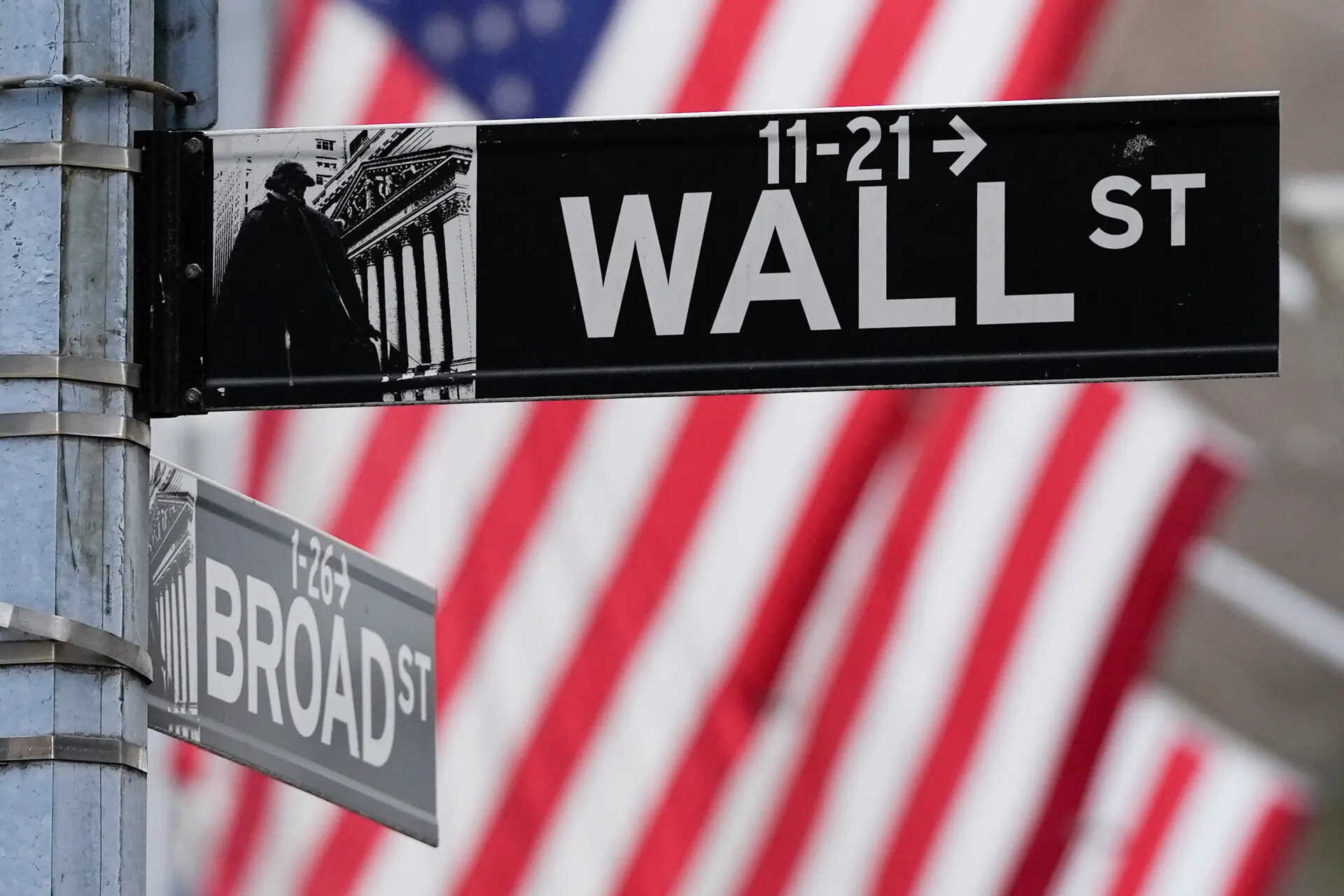China’s central bank has lowered key interest rates to record lows, aiming to stimulate an economy challenged by weak consumer demand and a property crisis. The cuts follow a temporary easing of trade tensions with the U.S. While industrial output shows growth, retail sales and the property sector are struggling, painting a mixed economic picture for the Asian giant.
China’s Trying Something Bold: A Rate Cut Gamble to Rekindle its Economy
Alright, let’s talk China. The economic narrative coming out of the country lately has been a mixed bag, hasn’t it? Growth projections are sputtering, the property market is giving everyone the jitters, and whispers of deflation are getting louder. And now, in a move that’s got economists around the world leaning forward, China’s central bank, the People’s Bank of China (PBOC), just pulled the trigger on a significant interest rate cut. The lowest rates ever, in fact.
Think of it like this: China’s economic engine is feeling a bit sluggish, and the PBOC is hoping a jolt of cheaper credit will get things firing on all cylinders again. But is it the right fix? And more importantly, will it work?
The PBOC slashed its key lending rate – the one-year Loan Prime Rate (LPR) – to a record low. This LPR essentially serves as the benchmark for most of the loans banks offer to businesses and households. Lowering it is designed to make borrowing more attractive, encouraging businesses to invest, consumers to spend, and ultimately, injecting more life into the economy.
The logic is pretty straightforward. Lower rates mean cheaper loans. Cheaper loans incentivize businesses to expand, hire, and innovate. Cheaper mortgages entice people to buy homes. And with more cash sloshing around, everyone’s a little more likely to loosen their purse strings and spend on… well, everything.
But here’s the thing. China’s situation isn’t a simple case of needing a bit more borrowing. The underlying issues are far more complex than that.
One of the biggest problems looming over the Chinese economy is the deeply troubled property sector. For years, real estate fueled a huge chunk of China’s growth, but now, some major developers are drowning in debt, projects are stalled, and confidence is eroding faster than you can say “ghost city.” A simple rate cut might not be enough to fix this structural problem. It’s like putting a band-aid on a broken leg. The core issue requires a more comprehensive solution, perhaps involving government intervention, debt restructuring, and a serious overhaul of regulatory frameworks.
Then there’s the question of consumer confidence. Even with lower interest rates, people need to feel comfortable taking on more debt. Right now, there’s a general sense of uncertainty. High youth unemployment, anxieties about the future, and the lingering effects of the pandemic are all playing a role in keeping wallets closed. Convincing people to spend when they’re worried about their job security or the stability of the housing market is a tough ask.
So, what are the possible outcomes? On the optimistic side, this rate cut could provide a much-needed boost to businesses, particularly smaller enterprises struggling with financing. It could also help stabilize the housing market, preventing a full-blown crisis. And, let’s face it, any positive sentiment, however small, is welcome right now.
However, there are legitimate concerns about the effectiveness of this approach. If underlying consumer confidence remains low, the impact on spending will be limited. If developers are too burdened with debt to take advantage of lower rates, the property market will continue to struggle. Furthermore, there’s always the risk of unintended consequences, such as inflating asset bubbles or weakening the currency.
And then there’s the global impact to consider. A weaker Chinese economy can ripple through global supply chains and impact demand for commodities. On the other hand, a revived Chinese economy can provide a boost to global growth, particularly for countries that rely heavily on trade with China. It’s a delicate balancing act.
Ultimately, this interest rate cut is a gamble. It’s a calculated risk the PBOC is taking to jumpstart the Chinese economy. Whether it pays off remains to be seen, but it’s a move that will be closely watched by investors, policymakers, and anyone with a stake in the global economy. It’s not a magic bullet, and it needs to be accompanied by other measures to address the deeper structural issues facing China. The PBOC has fired its shot, now we wait to see if it hits its mark. The coming months will be crucial in determining whether this bold move can reignite the Chinese economic engine. Only time will tell.
📬 Stay informed — follow us for more insightful updates!







